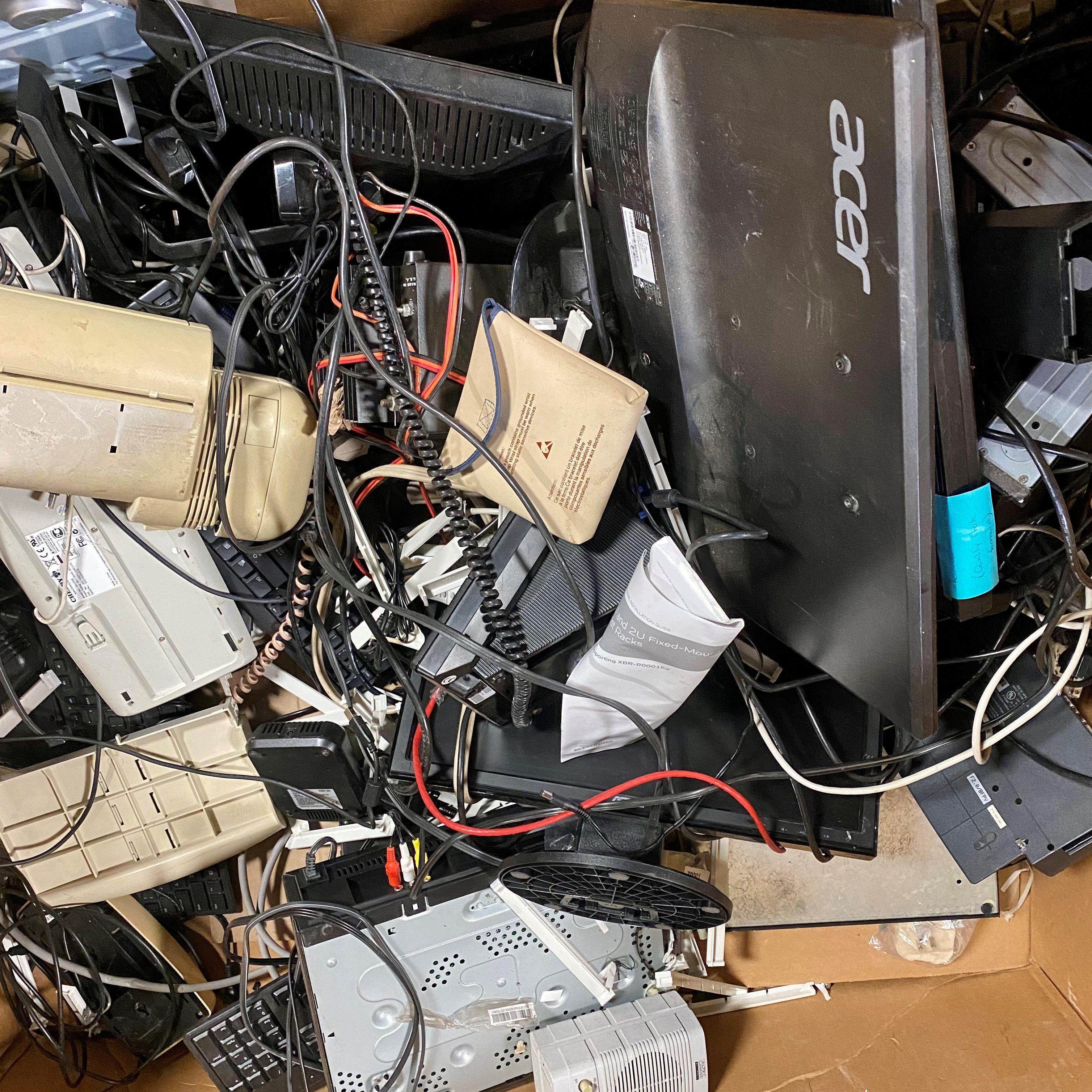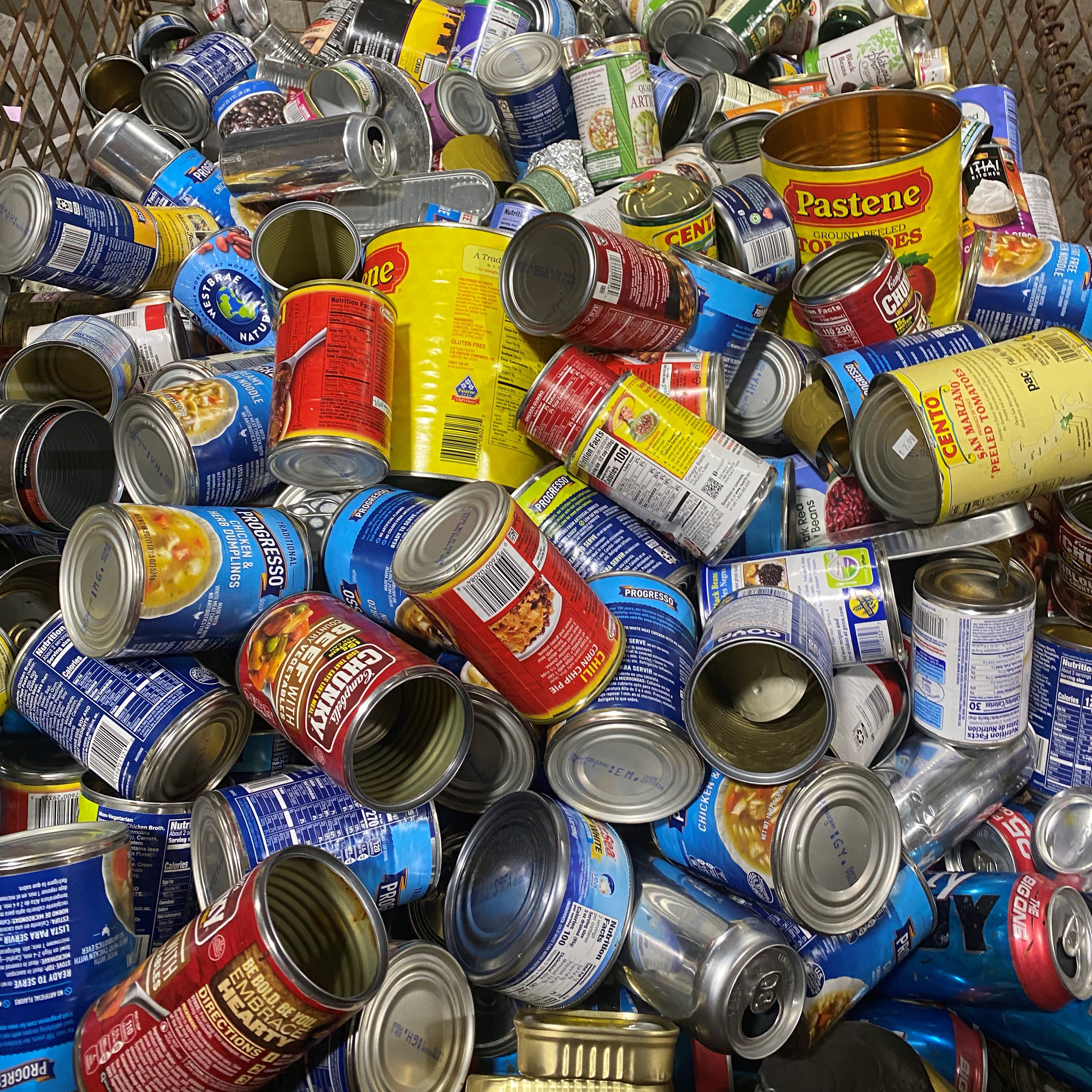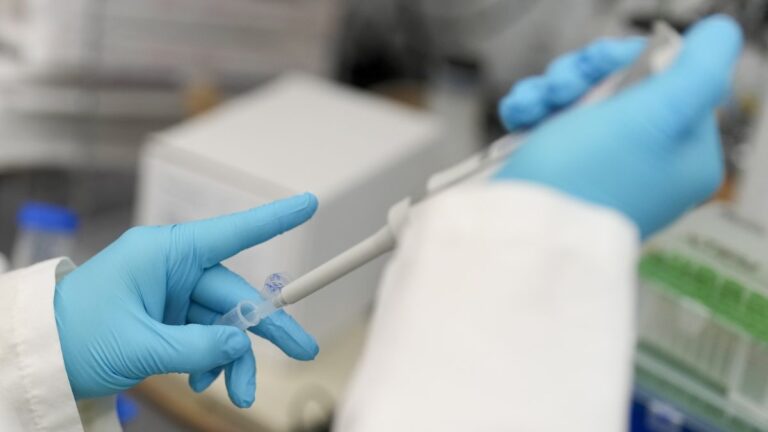In more than 30 years, Maine has never reached its goal of recycling 50 percent of the state’s solid waste. Even figuring out how much progress it’s making — and how state agencies might help municipalities with recycling programs — has been tough.

“We’re going backwards,” state Rep. Nicole Grohoski (D-Ellsworth) told a virtual audience last spring during an event hosted by the Natural Resources Council of Maine. “Our recycling is estimated to be more like 36 percent, but we don’t really have robust and accurate data to be certain about that.”
Spotty data collection is one reason it’s been difficult for state staff to figure out which communities might need help with their collection programs. Despite a requirement that municipalities report to the Maine Department of Environmental Protection every two years on their waste management and recycling practices, the DEP received fewer than 150 reports from Maine communities out of the nearly 500 that were notified.
“We’re nowhere near 100% compliance, but we definitely did get more reports this time around,” said Megan Mansfield Pryor, an environmental specialist with the DEP, referring to the last batch in 2018, when 107 of 487 municipalities returned the forms.

Because the information is so incomplete, the department does not use the biennial municipal reports to calculate progress toward the state’s 50% goal. That’s done using annual transfer station reports, which require more detailed breakdowns on the type of materials being collected. The municipal reports, said Pryor, are used more to help the state understand where the gaps are and where DEP might be able to help with programs.
“I haven’t done any sort of big analysis,” said Pryor, “but it’s safe to say there are some towns doing a fantastic job, a lot of towns doing a little bit and some doing really nothing, as far as recycling goes.”
The four-page form from DEP, a combination of multiple-choice and short written questions, asks municipalities to provide information including how they provide for recycling (curbside? drop off?), what’s done with organics (includes leaves and food scrap) and what’s done with construction demolition debris.
Local staff are asked to calculate a recycling rate based on the amount of waste sent to landfills or incinerated and the amount recycled or composted.

An extensive document review by The Maine Monitor found that even among the roughly 145 reports submitted, it is difficult to get an accurate picture of the rates in each community: Some left most pages blank; others were unable to get a breakdown from their transfer stations, which might collect waste from several towns. Others reported recycling rates of more than 100 percent, or reported a recycling rate of 5 percent while reporting “0” for the tonnage of waste recycled or composted.
Of the towns that did report a measurable recycling rate (greater than zero and less than 100) for 2020, the figures ranged from a low of 5.1% in Mt. Desert to a high of 71% in Yarmouth.
The COVID-19 pandemic affected programs in a number of communities; some, such as Eastport, shut down entirely. Recycling collection rates in communities that reported a measurable amount went up 4% on average from 2019 to 2020 (not including those that calculated a rate greater than 100 percent).
Residents demand recycling
Jerry Sabins, transfer station manager for Sabattus, said the town briefly shut down its recycling program at the beginning of the pandemic but reopened it because residents kept asking for it.
“We had so many people complaining because we weren’t recycling … People want you to recycle even though it’s expensive,” said Sabins.

Filling out the report, said Sabins, wasn’t too cumbersome. “It’s not as complicated as they told me a year before it would be.”
Most communities reported relatively stable collection rates. A few reported significant drops — Castine, for instance, reported a 28% drop in recycling collection from 2019 to 2020 — while others, including Cumberland, Hampden, Tremont and Denmark, recorded double-digit increases.
The reasons for the big swings varied. Castine, for instance, is part of the Municipal Review Committee, a collection of 115 cities and towns whose waste and recycling was supposed to go to a plant in Hampden that shut down in late May of 2020 after financial trouble. The plant has yet to reopen, forcing communities to landfill their waste and recycling, send it to be burned for energy or pay for it to be hauled to another area of the state.
On the other side, Cumberland’s nearly 10 percent increase in recycling collection, from 50 to 59.8%, was primarily due to a dramatic increase in composting — from 200 tons in 2019 to 1,600 tons in 2020. The town’s tonnage of recycling (cardboard, paper, plastic, metal, white goods and glass) actually went down roughly 262 tons, from 1,030.6 tons in 2019 to 768.3 tons in 2020.

Even reaching out to all of the towns and cities to remind them to report can be an issue, said Pryor. Earlier this year, the department purchased a contact list from the Maine Municipal Association and sent out postcards with a link to the form on the DEP’s website. Some postcards bounced back, said Pryor, who hopes to send email reminders in the future. Although the forms on the DEP website are fillable, roughly a third of the communities replied via mail.
Sabins didn’t recall whether he got a reminder, but said they were important. Transfer station operators are often out of the office, hauling waste or equipment. “I’m a truck driver, laborer,” said Sabins. “(The reminder) gets lost … I’m fortunate I have a computer here. Some transfer stations don’t have that.”
Pryor said she hopes the Extended Producer Responsibility (EPR) packaging law that passed this year will eventually help Maine’s data collection efforts. Through that program, communities will have to report details on their waste and recycling programs, including tonnage, to be reimbursed for the cost of running them.

Once that happens, said Sarah Nichols, the Sustainable Maine director for NRCM, during the spring event, it’s likely recycling rates will fall — in part because the state will have a more accurate picture of what’s really being recycled rather than what’s being collected.
“We’re going to be looking like we’re doing a worse job, but I think we need to know what we’re doing so we can move forward,” Nichols said.
In the meantime, said Pryor, these reports, incomplete as they are, are “kind of eye opening because we’re seeing that a lot of towns have some way to go in just understanding where the materials go from the town. There’s a lot of work to be done around this.”







